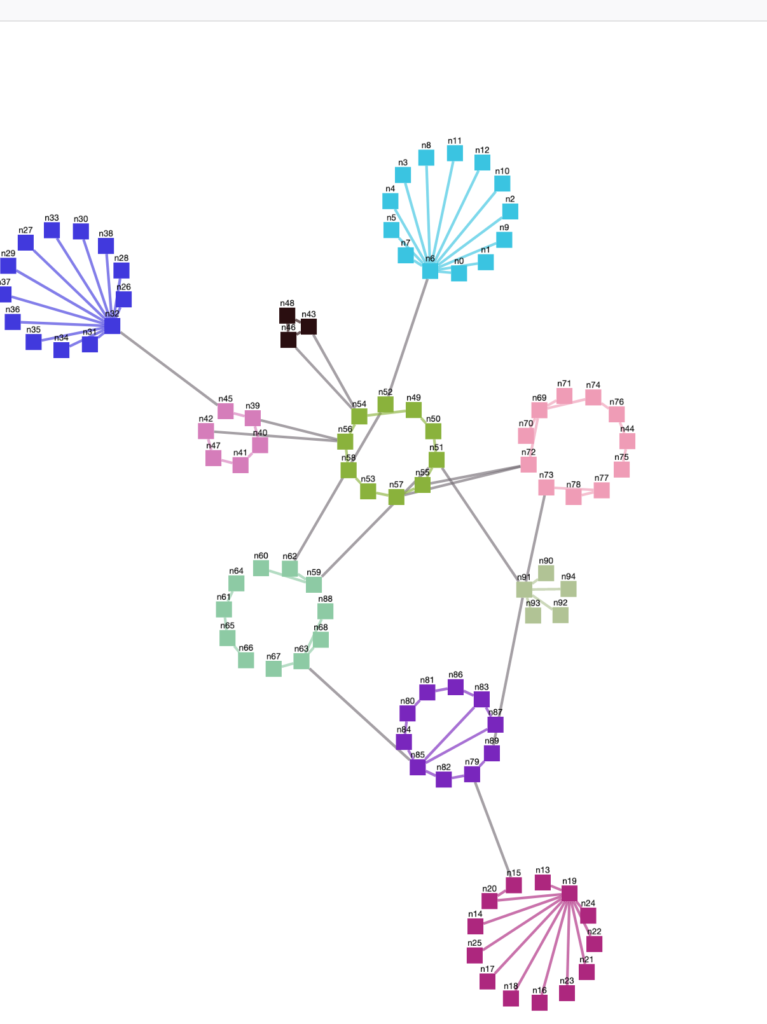Some SEO tips and good practices
This article is written for the reference of our content writing staff, as we employ in iBronto few content writers and manage some blogs for clients and ventures. It is meant to be a feedback article to work they are been doing
Most important : write for people, not for Google
I know that this is the hardest to do, because unless we had search engines and SEO, you wouldn’t be doing this job. And then I ask you to forget about Google and SEO… but fact is, that SEO as we know it from years ago, is now dead. With the introduction of AI and smart algorithm, you can “almost” see Google as a human (in the sense of how it is reading articles). It means that like the Schrodinger cat paradox – the best SEO will be achieved if you forget about SEO… in fact, Google are saying the same thing for years now, only that their algorithm were not good enough to behave like humans. I believe they have achieved that.
In each article, focus on one subject, one matter, one “keyword” niche
I have seen some articles which were designed so professionally for SEO purposes, that they miss the point: too many keywords of different niches. Lots of keywords is a good thing, but they need to be super-related to the title you are writing now. For instance, if your article is about “the best coffee shops in Stockholm” so yes, you want “Stockholm” and streets in Stockholm and names of coffee shops in Stockholm and neighborhood of Stockholm – to be included in those keywords, but you don’t want to then mix it with other subjects like “best coffee in Europe” and “Coffee in Thailand”. This principal stands for all entities in the page:
- the category: choose one, which fits the best. Don’t put the same article in multiple categories!
- the tags: tag it by the niche keywords, and nothing outside of that niche. For example, in the above “the best coffee shops in Stockholm” tags should be: best coffee, Stockholm,. Sweden, best coffee in Stockholm Sweden, best coffee in Southern Sweden.. but you shouldn’t tag here: Flat white, long black, espresso… since they are not the subject matter of this article (even if they are mentioned inside)
- photos names, and tags
- Titles, sub titles
Cluster content SEO strategy
I believe that this is the most important part of my comment. When we run a blog, we need to think like “an index” – i.e. – that we have a niche (say – “coffee”), and under it we have sub-subjects, and under the sub-subjects we got categories and then the articles. The idea is, that good SEO cluster will have links in between those items,with the right keywords.
Lets look at examples: Coffee Keen website.
it has main subjects:
1. coffee reviews,
2. coffee culture,
3. coffee recipes,
4. coffee equipment,
5. coffee shops index
Each of those subjects has got sub-subjects – now bare with me – I don’t mean that we are creating an index – but think about it “like” an index:
1. coffee reviews: best coffee in the world, reviews by country, review by continent, reviews by experts, public reviews
2. coffee culture: coffee at home, growing coffee, organic coffee, fair trade coffee…
3. coffee recipes: flat white, espresso, cappuccino, coffee with cremes, unique coffees, coffee tips
4. coffee equipment: coffee machines, coffee tutorials….
5. coffee shops index: coffee by country, coffee by city, coffee by culture, coffee trips around the globe
Then, each of our article titles, fits within those sub-subjects.
Idea is, that you don’t link the articles just within a type of a site map, but in keywords within the articles. That way, you create you own gigantic SEO cluster. Now, this is how it looks:

Name photos and add all tags: ALT, Description etc
It is important to name the photos you upload in the right keywords / context (aka Coffee_Shop_One_Stockholm.jpg) and then add all the tags for that photo (ALT, Title Description, etc).



